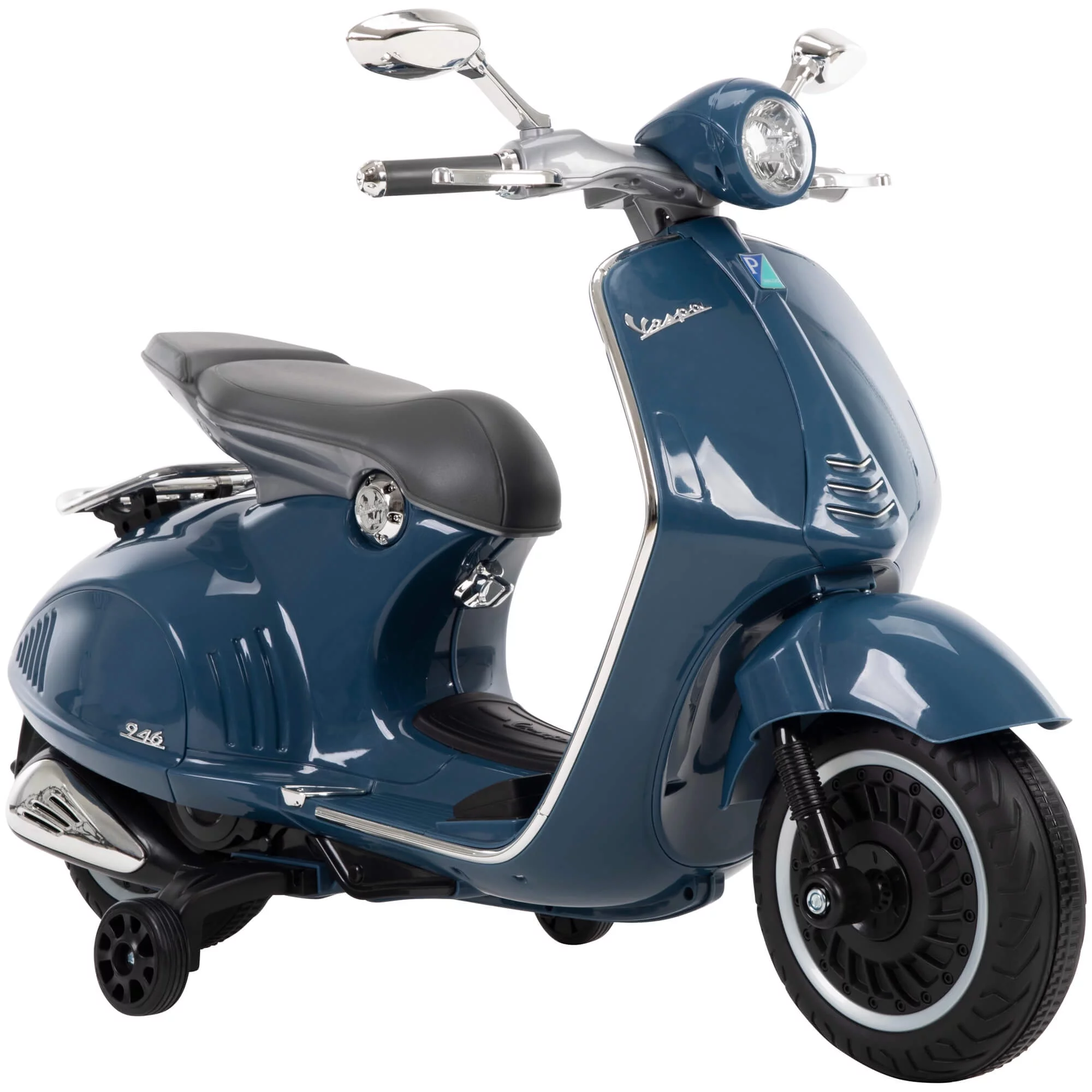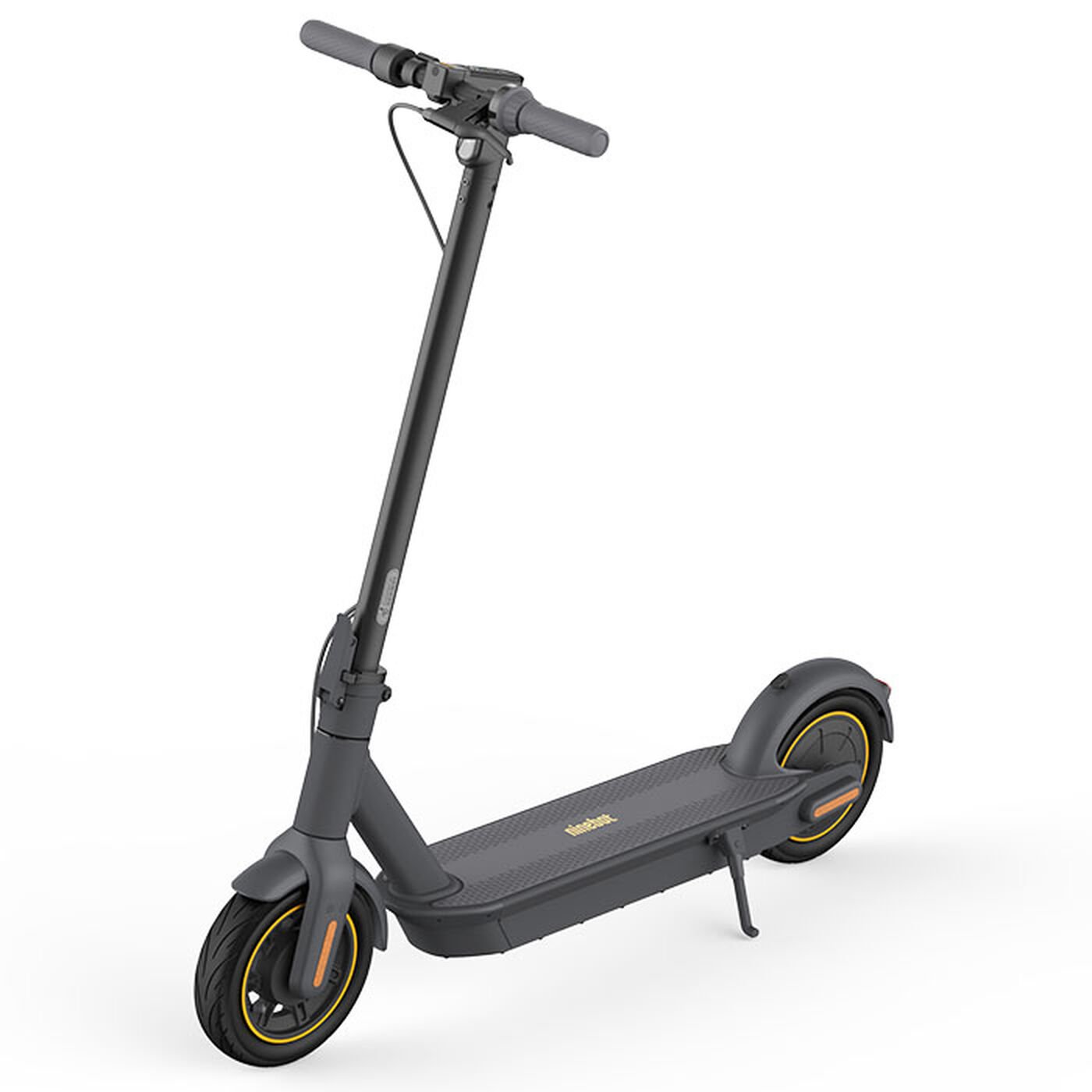I. Introduction
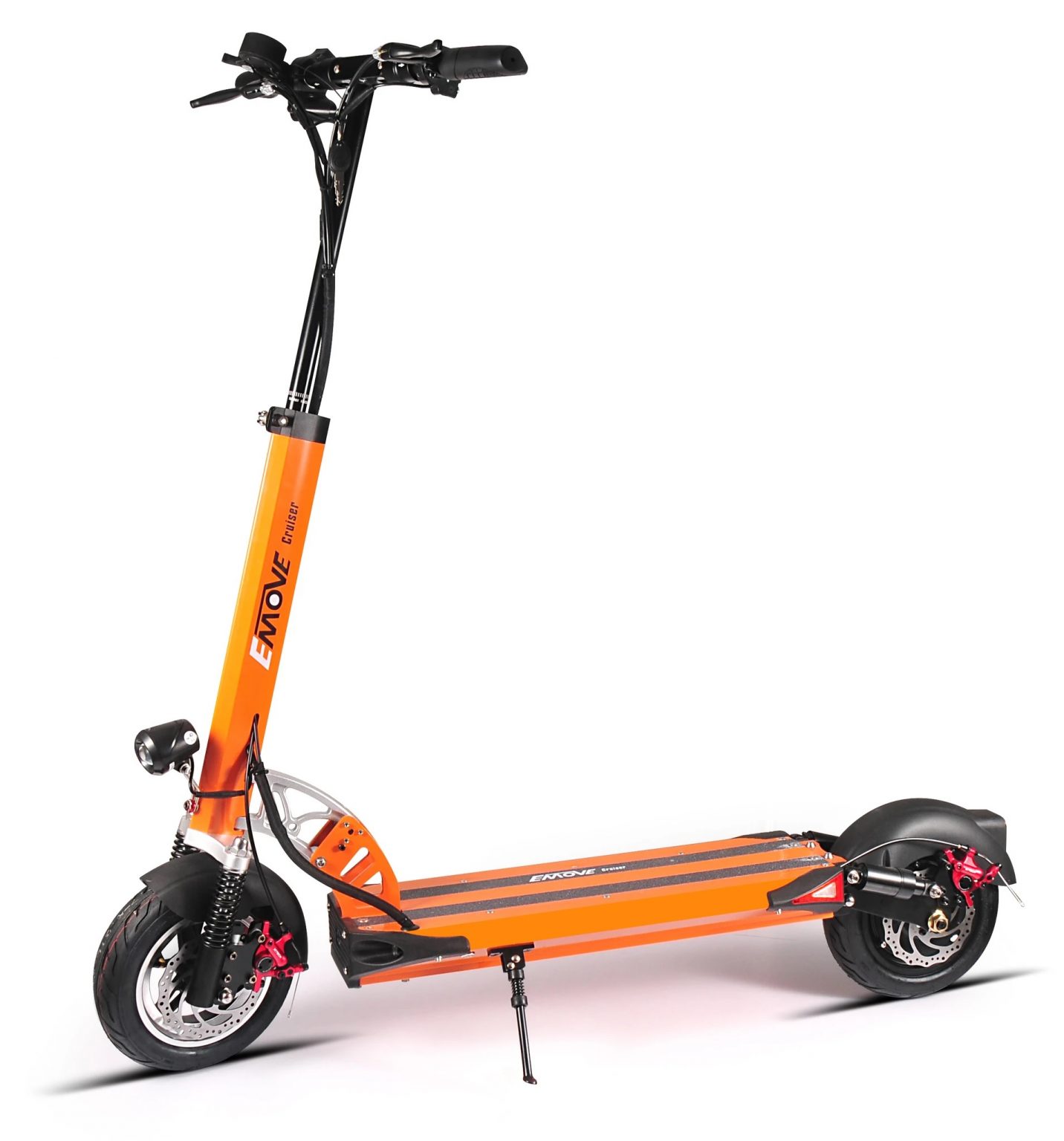
A. Importance of increasing speed in electric scooters
When it comes to electric scooters, speed can greatly enhance the riding experience. Higher speeds can reduce travel time and make the ride more thrilling and exciting. This article aims to provide tips and strategies for increasing the speed of an electric scooter.
B. Overview of the article’s contents
This article will discuss various methods to enhance the motor performance and improve battery efficiency, both of which directly impact the speed of an electric scooter. We will delve into upgrading the motor, optimizing motor efficiency, using high-capacity batteries, and balancing battery packs for optimal performance.
II. Enhancing Motor Performance
A. Upgrading the motor
- Selecting a high-performance motor Choosing a motor specifically designed for high-performance scooters can significantly improve speed. We will explore factors to consider when selecting a new motor, such as power output and compatibility with the scooter’s design.
- Compatibility considerations Ensuring a proper fit and alignment of the upgraded motor is crucial for optimal performance and safety. This section will cover important compatibility aspects, such as shaft diameter and motor mounting.
B. Optimizing motor efficiency
- Increasing voltage Increasing the voltage supplied to the motor can enhance its performance and speed. We will discuss how to safely increase the voltage and provide guidelines for selecting and installing a higher voltage battery pack.
- Fine-tuning motor controller settings Adjusting the motor controller’s settings can optimize motor performance and speed. This section will explore different settings, such as maximum current and acceleration profiles, and their impact on speed.
III. Improving Battery Performance
A. Using high-capacity batteries
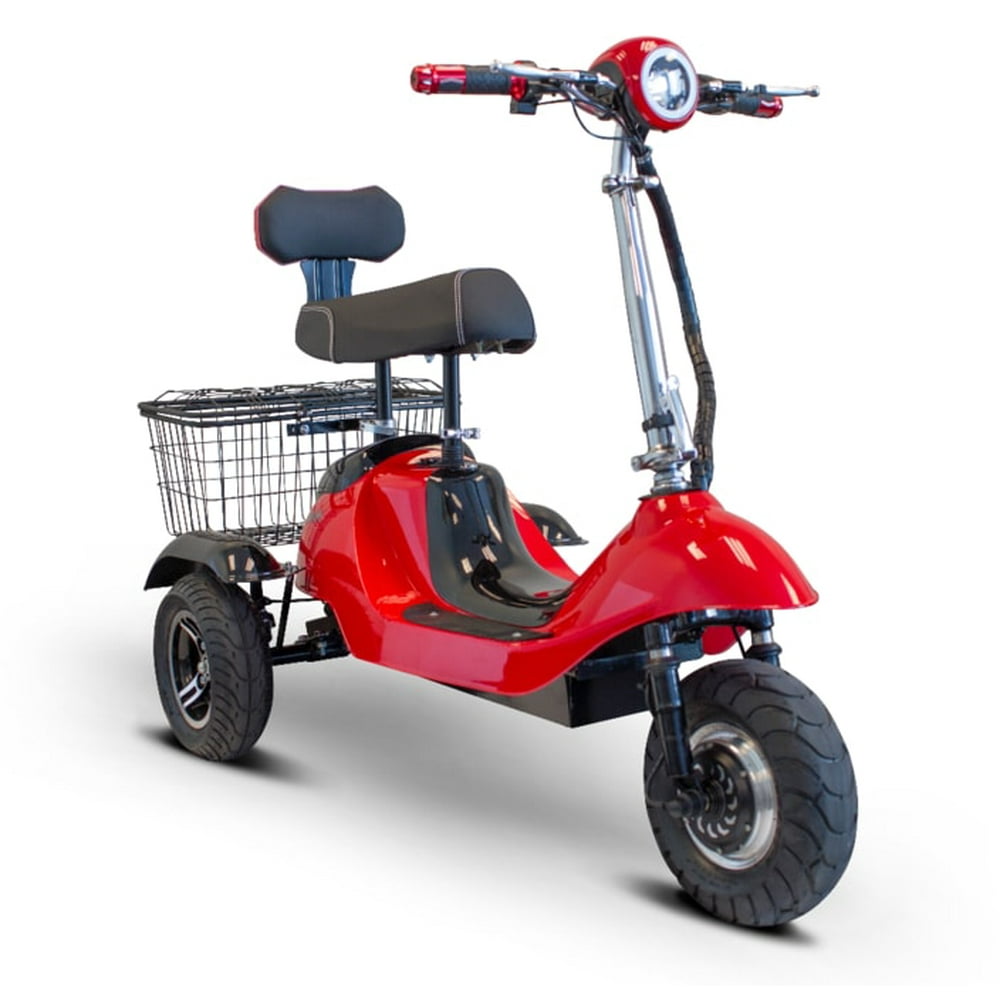
- Lithium-ion vs. lead-acid batteries Comparing different battery types will help riders understand the advantages and disadvantages of each in terms of capacity and weight. We will discuss how lithium-ion batteries generally outperform lead-acid batteries in terms of energy density and output.
- Finding batteries with high ampere-hour (Ah) ratings Choosing batteries with higher Ah ratings can provide increased capacity and power delivery, leading to improved speed and performance. We will guide readers on selecting high-capacity batteries and ensuring they are compatible with their electric scooter models.
B. Balancing battery packs for optimal performance
- Proper parallel connections Exploring the benefits of parallel connections allows users to effectively combine multiple battery packs to increase capacity and current output. We will provide step-by-step instructions on balancing and connecting batteries in parallel.
- Series configuration considerations Series connections increase the voltage output of battery packs, enhancing scooter speed. This section will discuss the importance of correctly configuring batteries in series and cover safety considerations.
IV. Reducing Friction and Resistance
A. Upgrading tires
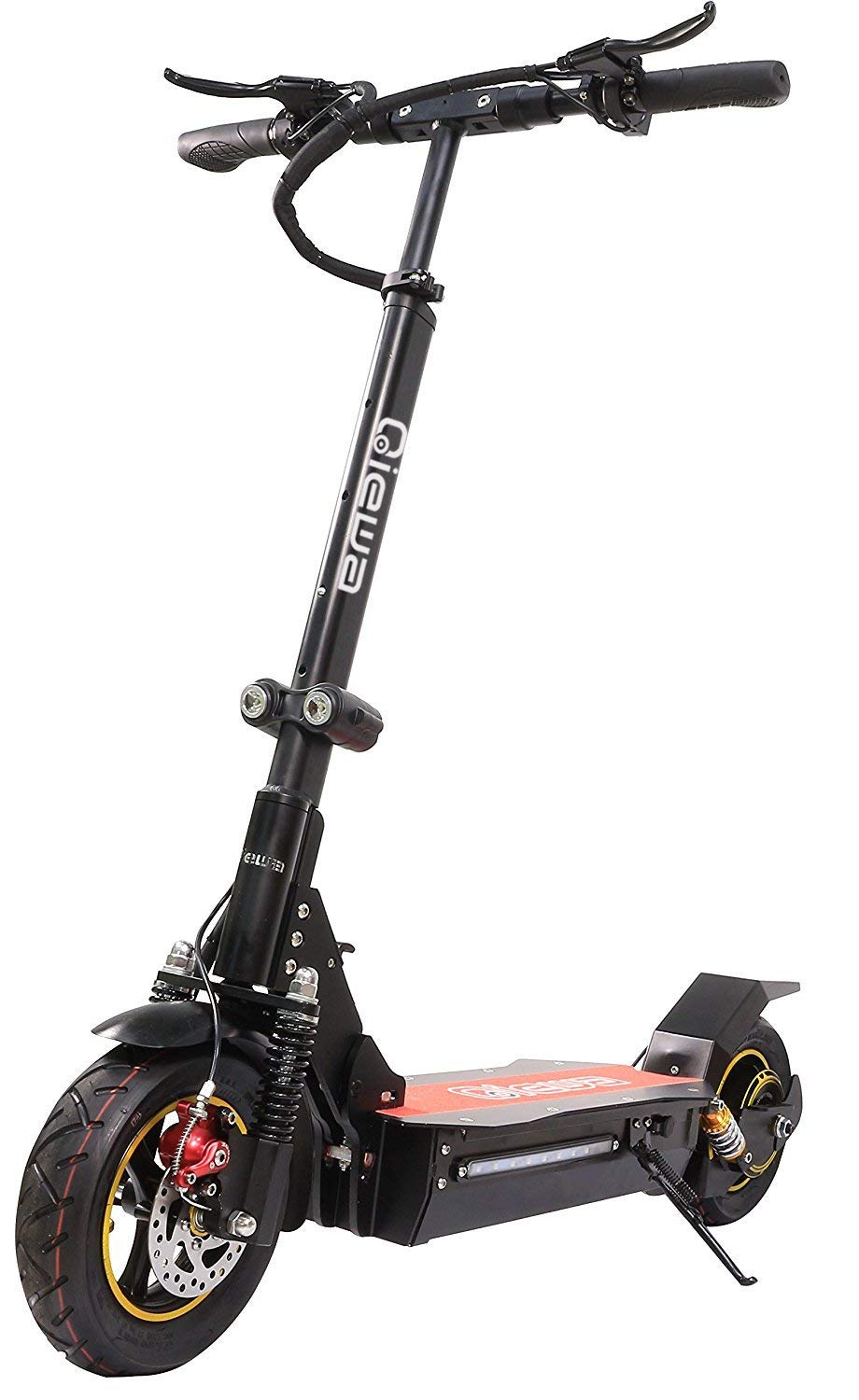
- Choosing high-quality, low-resistance tires When looking to make your electric scooter faster, upgrading to high-quality, low-resistance tires can have a significant impact. Look for tires specifically designed for speed and efficiency. These tires typically have a harder compound and a smoother tread pattern, reducing rolling resistance and allowing for greater speed. Ensure that the tires you choose are compatible with your scooter’s rim size and have the appropriate load capacity for your weight.
- Optimal tire pressure for speed Maintaining the optimal tire pressure is crucial for maximizing speed and reducing rolling resistance. Consult the manufacturer’s guidelines or the sidewall of the tire itself to determine the recommended tire pressure. Underinflated tires can increase rolling resistance and reduce overall speed, while overinflated tires can cause a harsh ride and decreased traction. Regularly check and adjust tire pressure to ensure peak performance.
B. Minimizing drag and resistance
- Detecting and reducing aerodynamic drag Aerodynamic drag can significantly limit the speed of your electric scooter. To detect areas of high drag, ride your scooter at high speeds and observe any areas where wind seems to catch or resistance feels particularly strong. Addressing these areas can involve adding fairings, streamlining components, or optimizing body positioning during rides.
- Reducing mechanical resistance Mechanical resistance can arise from various sources, such as worn bearings or misaligned components. Regular maintenance is essential to identify and address these issues. Ensure that bearings are lubricated and in good condition, as this can reduce friction and allow for smoother, more efficient movement. Keep all components properly tightened and aligned to minimize resistance.
V. Enhancing Electronic Control
A. Upgrading the controller
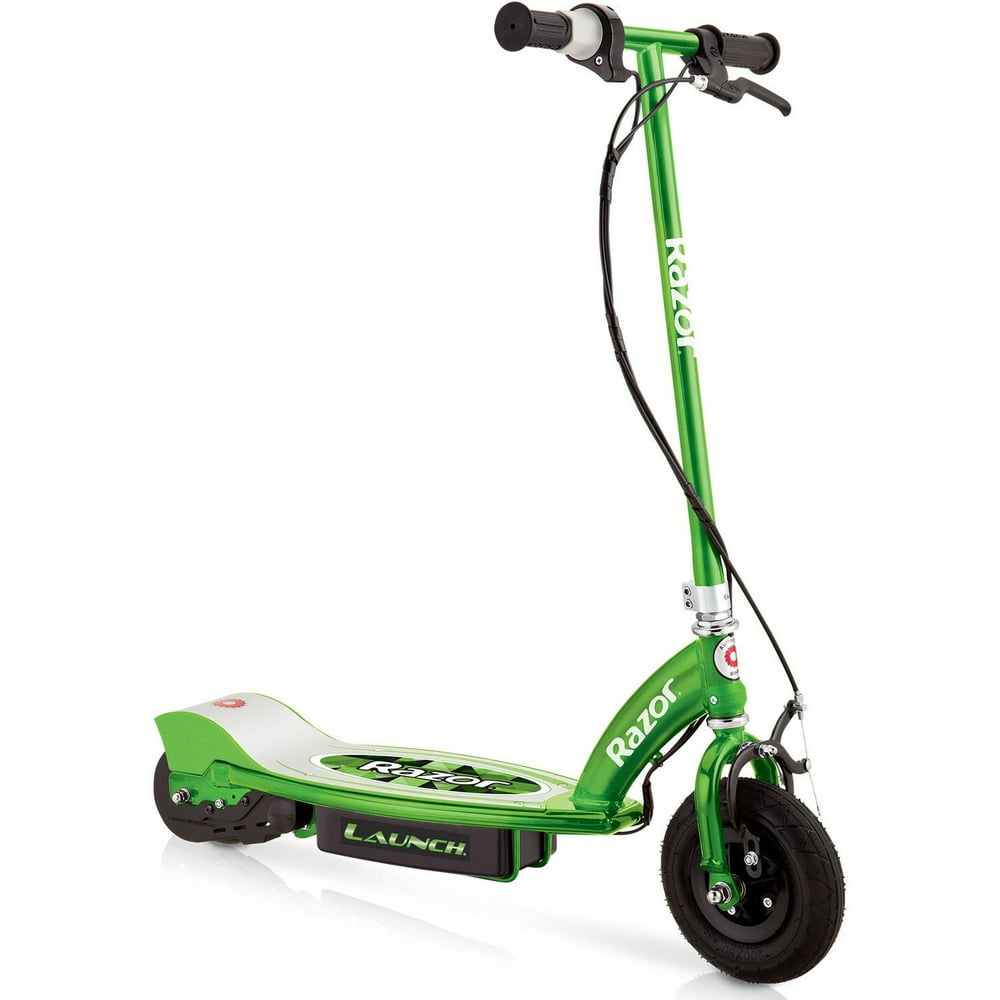
- Selecting a controller with higher power handling capacity Upgrading to a controller with a higher power handling capacity can improve speed and acceleration. Choose a controller that can handle the increased demands of a faster scooter. Consider factors such as voltage compatibility, current rating, and the ability to fine-tune performance settings.
- Fine-tuning controller software settings Once you have upgraded the controller, take advantage of its capabilities by fine-tuning the software settings. This may involve adjusting throttle response, power delivery, and acceleration curves. Consult the manufacturer’s instructions or seek guidance from technical experts to ensure optimal performance without compromising safety.
B. Enhancing throttle response
- High-performance throttle components Upgrading your throttle components can improve throttle response, allowing for quicker acceleration. Look for high-quality, precision-engineered throttles that offer smooth and immediate response. Ensure that the throttle you choose is compatible with your scooter’s controller and wiring system.
- Limiting throttle restrictions Certain electric scooters come with built-in throttle restrictions to comply with local regulations. If allowed in your area, removing or modifying these restrictions can unlock the scooter’s full speed potential. However, it is essential to prioritize safety and consider any legal implications before making any modifications.
VI. Summary and Safety Considerations
A. Recap of the improvements discussed
In summary, reducing friction and resistance by upgrading tires, optimizing tire pressure, minimizing drag and mechanical resistance, enhancing electronic control through controller upgrades and throttle enhancements can collectively contribute to making your electric scooter faster.
B. Importance of safety precautions
While it is exciting to increase the speed of your electric scooter, it is crucial to prioritize safety. Always wear appropriate safety gear, such as a helmet and protective clothing, and obey traffic laws. Remember that increased speed can also increase the risk of accidents, so ride responsibly and be mindful of your surroundings.
C. Balancing speed with safety for an enjoyable riding experience
Finding the right balance between speed and safety is crucial for an enjoyable riding experience. Be sure to assess your skill level, consider the terrain, and adjust your riding style accordingly. Remember that speed modifications can impact your scooter’s handling and stability, so take the time to adapt and familiarize yourself with the changes before pushing the limits.
By implementing these improvements and following safety guidelines, you can enhance the speed and performance of your electric scooter while enjoying a thrilling and safe ride.
VII. Conclusion
A. Importance of proper modifications and testing
Making your electric scooter faster involves various modifications and adjustments. It is essential to approach these modifications with care and caution, ensuring compatibility and conducting proper testing before riding at higher speeds.
The intricate process of modifying an electric scooter to achieve higher speeds demands a methodical and meticulous approach. One must consider not only the potential for enhanced performance but also the mechanical limitations and safety implications of any modifications made. Upgrading components such as the motor, battery, or firmware can yield significant speed increases, but improper changes can compromise the scooter’s integrity and rider safety. Before committing to any modifications, it is imperative to verify that each new part is compatible with the scooter’s design and that the overall structure can handle the increased stress. Conducting thorough testing in a controlled environment allows for the assessment of the scooter’s new capabilities and reveals any issues that may need addressing. Only once a scooter has been properly modified and rigorously tested should it be used at heightened speeds, ensuring reliability and safety when navigating public spaces.
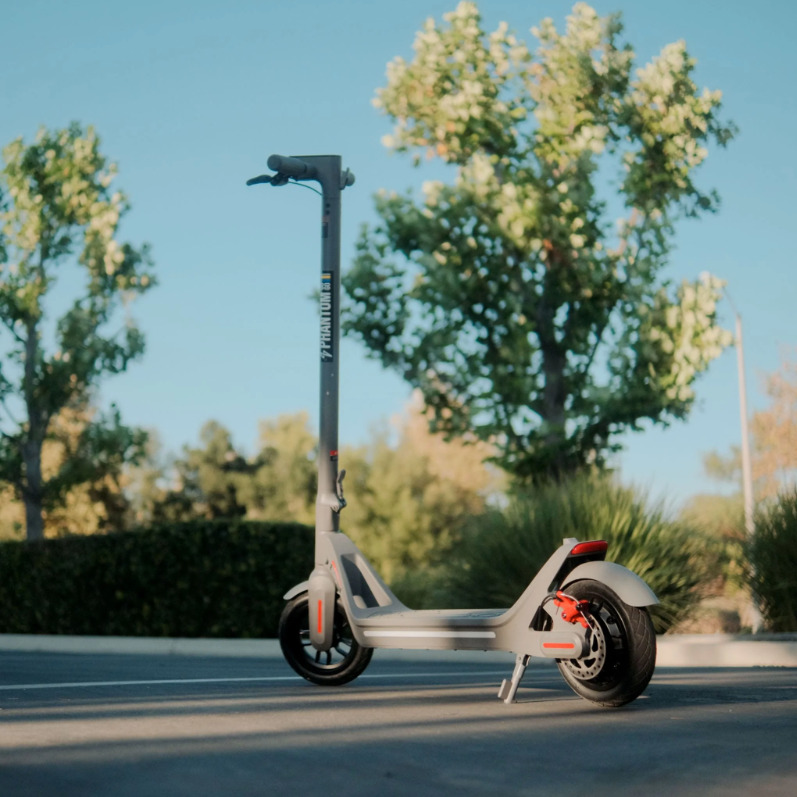
B. Encouragement to enjoy increased speed responsibly and with caution
While the allure of increased speed is exciting, it is crucial to prioritize safety and responsible riding. By following the guidelines provided, you can enhance your electric scooter’s speed while still maintaining control and ensuring a safe and enjoyable riding experience.
Achieving higher speeds on an electric scooter undoubtedly delivers a thrilling sense of freedom and excitement, but it is accompanied by an enhanced responsibility to ride with due care. As speed escalates, so does the risk of accidents and injuries, underscoring the importance of wearing appropriate safety gear, such as helmets and pads, and adhering to traffic regulations.
Being conscious of one’s surroundings, practicing defensive driving, and respecting pedestrians and other road users are all vital practices when enjoying the increased capabilities of a modified scooter. It is advised to gradually acclimate to the scooter’s enhanced speed, allowing time to develop the necessary reflexes and control required for safe operation. Savouring the swift pace of a boosted electric scooter must not overshadow the need for cautious and vigilant riding, which ensures both the well-being of the rider and the safety of the broader community.
